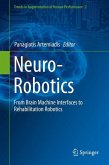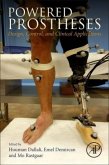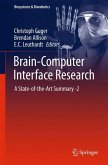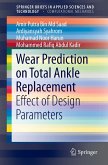Neuro-robotics is one of the most multidisciplinary fields of the last decades, fusing information and knowledge from neuroscience, engineering and computer science. This book focuses on the results from the strategic alliance between Neuroscience and Robotics that help the scientific community to better understand the brain as well as design robotic devices and algorithms for interfacing humans and robots. The first part of the book introduces the idea of neuro-robotics, by presenting state-of-the-art bio-inspired devices. The second part of the book focuses on human-machine interfaces for performance augmentation, which can seen as augmentation of abilities of healthy subjects or assistance in case of the mobility impaired. The third part of the book focuses on the inverse problem, i.e. how we can use robotic devices that physically interact with the human body, in order (a) to understand human motor control and (b) to provide therapy to neurologically impaired people or peoplewith disabilities.
"This book describes the state of the art at the interface of neuroscience and robotics. It is divided into three sections that can be read independently, but as a whole it gives an overview of neurorobotics, artificial intelligence, and brain plasticity. ... The audience includes those involved in the emerging and robust field of neuroscience and in particular neurorobotics. ... it is a go-to resource for clinicians wanting a more in-depth understanding of the development of motion systems." (Deborah J. Gaebler-Spira, Doody's Book Reviews, May, 2015)








